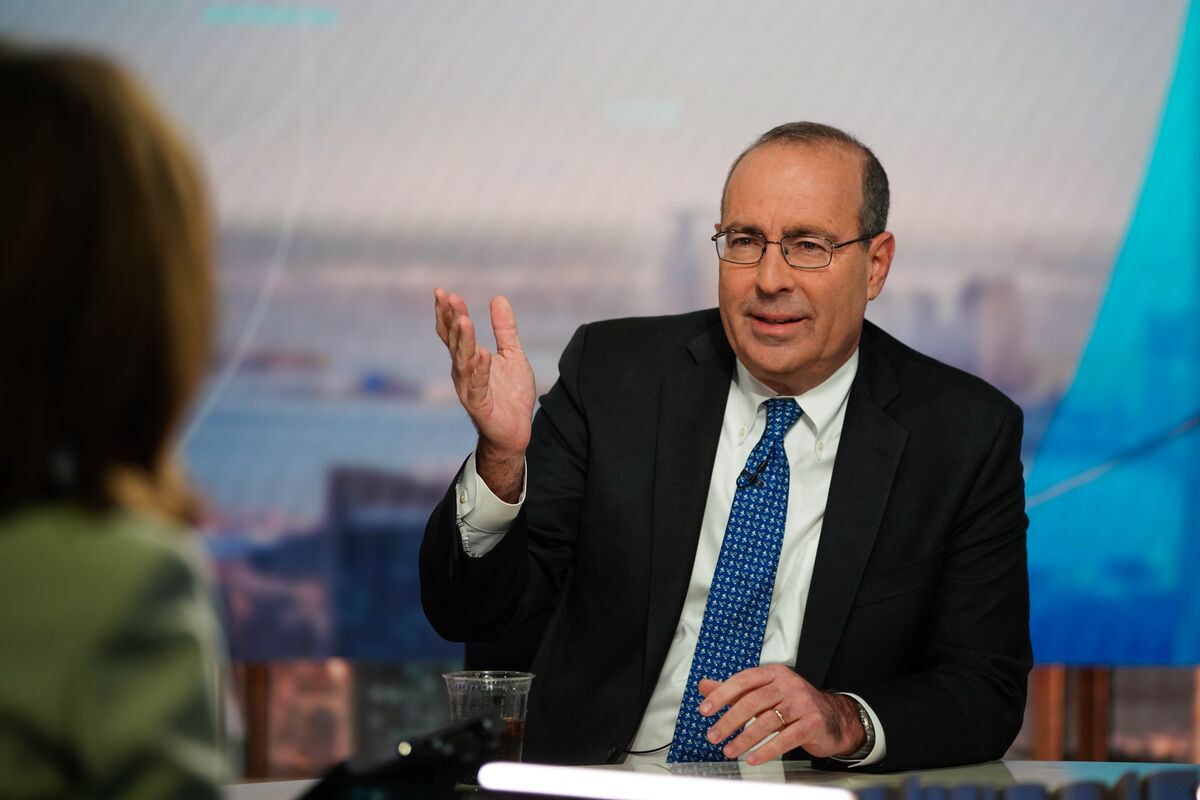
Federal Reserve Bank of Richmond President Thomas Barkin reiterated policymakers have time to be patient about the timing of rate cuts, pointing to a strong labor market and continued disinflation.
“No one wants inflation to reemerge,” Barkin said Thursday in prepared remarks at an Economic Club of New York event. “And given robust demand and a historically strong labor market, we have time to build that confidence before we begin the process of toggling rates down.”
While Barkin acknowledged that the recent data have been “remarkable,” he said he’s looking for more conviction that slowing inflation is “broadening and sustainable.”
Barkin, who is a voting member of the Fed’s policy-setting committee this year, said earlier in an interview on Bloomberg Television he “would very much like to see that trend continue and broaden” as policymakers get a “few more months” of inflation data. He noted the outsized role goods have played in the pullback in US price growth.
The Fed held interest rates steady for a fourth straight meeting last month. Chair Jerome Powell and other officials have doused expectations for a cut as soon as March, saying the policy committee wants to see more data to gain confidence that inflation is on a sustained path to 2%.
When asked if he agreed with Powell’s description of a March cut as unlikely, Barkin said, “I don’t ever prejudge a meeting and I don’t prejudge the March meeting.”
“We’ll see where we get, but I always think Chairman Powell speaks for the committee,” he said.
Barkin also outlined several risks to the inflation outlook in his prepared remarks, including loosening financial conditions and a rebound in consumer sentiment. He also flagged broader shifts in the economy driven the pandemic that could keep upward pressure on prices, including a tight labor market and lack of housing supply.
The Fed’s preferred inflation metric ended 2023 at 2.6%, after peaking at a 7.1% annual pace in 2022. The central bank’s target is 2%.
The deceleration occurred amid resilient growth with little disruption to employment. The Bureau of Labor Statistics reported Friday that nonfarm payrolls rose by 353,000 jobs in January. The unemployment rate stood at 3.7% and has held below 4% for about two years.
Fed officials in December predicted they would reduce their benchmark lending rate three times in 2024, according to the median estimate.
Barkin said the risk of commercial real estate stress is a known and important issue.
“In the banks that we supervise, we’re spending a lot of time with them and productively going through real estate assets and trying to understand what the risks are and what the reserves are against those risks,” he said.
Shares of New York Community Bancorp have plunged this year after the regional lender reported a surprise loss that was tied to deteriorating credit quality. The event has raised concern about the potential fallout of commercial real estate loans for other US banks.


